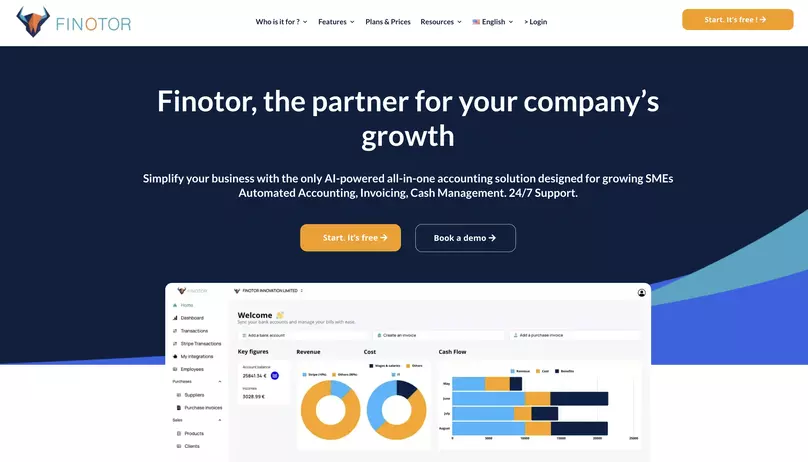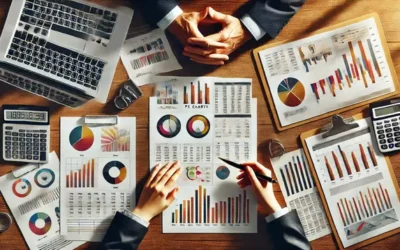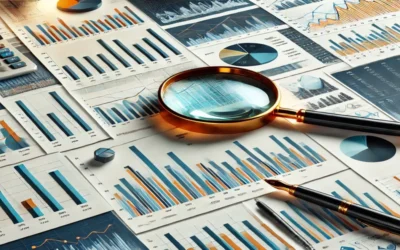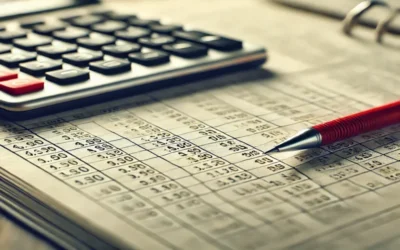Contents
What is VAT and How Does It Work?
Value-Added Tax (VAT) is a consumption tax levied on a product repeatedly at every point of sale at which value has been added. It is prevalent in more than 160 countries, and understanding its fundamentals is crucial for business owners and consumers alike. VAT affects purchase prices, accounting practices, and business cash flow management. This comprehensive guide aims to demystify VAT operations for beginners and highlight its importance in the modern fiscal landscape.
The Basics of VAT
VAT is a multi-stage tax imposed on goods and services at each stage of the supply chain from production to the point of sale. The amount of VAT that the user pays is on the cost of the product, minus any of the costs of materials used in the product that have already been taxed. An essential aspect of VAT is that it is collected fractionally, with segments of the total tax burden being collected at each stage of production and distribution. To learn more about VAT basics, visit the European Commission’s VAT page.
Different VAT Rates and Their Application
VAT rates vary significantly by country and by the type of goods and services. Many countries have multiple VAT rates; a standard rate that applies to most goods and services, and one or more reduced rates for specific items. Some items may even be exempt from VAT altogether. These distinctions are crucial for businesses as they can impact pricing strategies, accounting, and even business viability. Companies like Finotor, which offers a comprehensive all-in-one financial management solution, can help streamline these complexities. For more information on how Finotor can assist with VAT management, visit their website.
Understanding the VAT Registration Process
For business owners, VAT registration is a pivotal step. This process involves the submission of company details to the relevant tax authorities, after which a unique VAT number is assigned. This number must be included on all invoices. The threshold for registration varies between countries and can depend on the size and turnover of the business. Not all businesses will be required to register for VAT, but understanding when and how to do so is crucial to ensure compliance and avoid penalties.
Calculating VAT: A Step-by-Step Approach
Understanding Value-Added Tax (VAT) calculations is crucial for businesses to ensure compliance and optimal financial management. This step-by-step guide will demystify the process, making it accessible for beginners.
How to Calculate VAT for Goods and Services
To calculate VAT on goods and services, first determine the net amount of the product or service. Then, apply the appropriate VAT rate to this amount. For instance, if you’re selling a product for £100 and the VAT rate is 20%, the VAT amount would be £20, making the gross amount £120. It’s essential for businesses to keep track of these calculations, as they will need to report them to the tax authorities.
Understanding VAT Inclusive and Exclusive Prices
VAT inclusive prices are those where the VAT is already included in the displayed price, common in the retail sector. In contrast, VAT exclusive prices are shown without the tax, often used in B2B transactions. Calculating the VAT from inclusive prices requires dividing the total amount by 1 plus the VAT rate (e.g., 1.20 for a 20% VAT rate) to find the net price. The difference between the gross and net price is the VAT paid.
Recording and Reporting VAT: Best Practices
Accurate record-keeping and reporting of VAT are fundamental to remain compliant with tax laws. Keep detailed records of all VAT inclusive and exclusive sales and purchases, VAT amounts charged, and input VAT that can be reclaimed on business expenses. Regularly reporting these amounts through VAT returns is a legal requirement. Employing comprehensive financial management tools like those provided by Finotor can greatly simplify this process.
VAT for Business Owners: Compliance and Management
VAT compliance is a significant aspect of business management. Adhering to VAT regulations not only avoids legal repercussions but also positions businesses to handle their finances more effectively.
How VAT Affects Your Business Operations
Understanding how VAT impacts business operations is essential. It affects pricing, cash flow, and accounting practices. Implementing a system that automatically calculates VAT can prevent errors and save time. Discover more about VAT’s influence on business by exploring Investopedia’s VAT resources.
Strategies for VAT Planning and Compliance
Effective VAT planning involves understanding the thresholds for VAT registration, proper invoice management, and applying the correct VAT rates. It’s also crucial to keep abreast of changes in VAT legislation to maintain compliance. Utilize resources like Tax Foundation’s VAT glossary for up-to-date information.
Using Technology to Simplify VAT Management
Technology plays a pivotal role in simplifying VAT management, especially with the advent of AI and machine learning. By leveraging platforms like Finotor, businesses can automate financial processes, integrate with banking systems and platforms like Stripe and WooCommerce, and ensure accurate VAT calculation and reporting. The time saved on these processes can be redirected towards core business activities.
As businesses expand globally, understanding the intricacies of international VAT becomes increasingly important to ensure smooth and compliant cross-border transactions.
The Role of VAT in International Trade
VAT plays a critical role in international trade, affecting the cost and pricing of exported and imported goods and services. While exporting goods may often be zero-rated, importing can attract VAT, impacting the final cost to the customer.
Dealing with VAT on Imports and Exports
Managing VAT on imports and exports requires knowledge of local and international VAT laws. Businesses must account for VAT payments or reclaims when goods cross borders, which can be complex due to varying rates and regulations.
Understanding Reverse Charge Mechanisms
The reverse charge mechanism is a system where the recipient of goods or services pays VAT directly to the tax authorities instead of the supplier, commonly used in international transactions. This mechanism helps prevent VAT evasion and simplifies the tax obligations of exporters.









